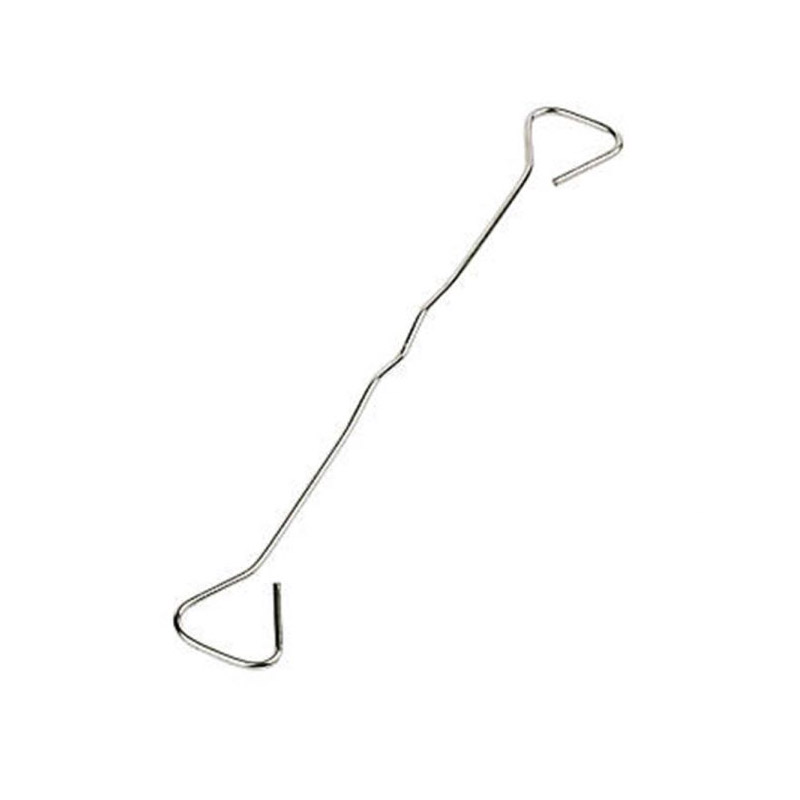
- Mobile Phone
- +8613931874955
- sales@cntcmetal.com
installing a tomato cage
Installing a Tomato Cage A Guide for Garden Enthusiasts
If you're a gardening enthusiast or just starting with home gardening, one of the best ways to support your tomato plants is by using a tomato cage. Tomato cages not only help keep your plants upright but also promote better air circulation and sunlight penetration, leading to healthier plants and improved yields. Here’s a step-by-step guide to installing a tomato cage effectively to make the most of your garden.
Choosing the Right Cage
Before you dive into installation, it’s essential to pick the right tomato cage. Cages come in various materials such as metal, plastic, and wood, but metal cages are often preferred for their durability. Choose a cage that is tall enough to accommodate the variety of tomato you are planting. Indeterminate varieties, which keep growing throughout the season, often require taller cages than determinate types.
Preparation of Your Garden Bed
Once you have your tomato cage, it’s important to prepare your garden bed. Start by selecting a sunny location, as tomatoes thrive in full sunlight. Prepare the soil by loosening it with a shovel or tiller and mixing in compost or organic matter to improve fertility. This will provide the necessary nutrients for your growing plants.
Planting Your Tomatoes
installing a tomato cage

Now that your garden bed is ready, it’s time to plant your tomatoes. Dig a hole deep enough to accommodate the root ball of your tomato plant. Place the plant in the hole, ensuring that it is positioned straight and upright. If you’re planting multiple tomatoes, be sure to space them adequately to allow for growth. A good rule of thumb is to space indeterminate varieties 24-36 inches apart.
Installing the Tomato Cage
After planting your tomatoes, it’s time to install the tomato cage. Insert the cage over the tomato plant carefully, ensuring that the plant is positioned in the center. Gently press the base of the cage into the soil at least 2-4 inches deep to secure it. This will help keep the cage stable, especially during windy conditions or when the plants become heavy with fruit.
Maintaining Your Tomato Plants
With the tomato cage installed, it’s essential to maintain your plants throughout the growing season. Regularly check for flowers and fruits, and gently guide branches through the cage as they grow. This will prevent breakage and keep your plants healthy and productive. Additionally, be sure to water consistently and add mulch to retain moisture and suppress weeds.
In conclusion, installing a tomato cage is a straightforward yet vital step in growing healthy tomatoes. By choosing the right cage, preparing your garden bed properly, and maintaining your plants throughout the season, you’ll be on your way to enjoying a bountiful harvest of delicious, home-grown tomatoes. Happy gardening!
share:
-
Why Sacrificial Formwork Is Redefining Underground ConstructionNewsJun.06,2025
-
The Structural Dynamics of Modern Concrete: How Snake Spacers Revolutionize Flexible ReinforcementNewsJun.06,2025
-
Snake Spacers Smart-Lock Concrete Reinforcement with Surgical PrecisionNewsJun.06,2025
-
Snake Spacers: Reinforcement Precision for Modern Concrete ProjectsNewsJun.06,2025
-
Snake Spacers Powering Concrete's Structural DNANewsJun.06,2025
-
Slither into Success: Snake Spacers' Precision Bite for Unbreakable ReinforcementNewsJun.06,2025
-
Sacrificial Formwork: Building Stronger, Faster, and Safer StructuresNewsJun.06,2025



















